Camilla Smith - Jeanne Mammen: Art Between Resistance and Conformity in Modern Germany, 1916–1950
Here you can read online Camilla Smith - Jeanne Mammen: Art Between Resistance and Conformity in Modern Germany, 1916–1950 full text of the book (entire story) in english for free. Download pdf and epub, get meaning, cover and reviews about this ebook. City: London, year: 2022, publisher: Bloomsbury Visual Arts, genre: Art. Description of the work, (preface) as well as reviews are available. Best literature library LitArk.com created for fans of good reading and offers a wide selection of genres:
Romance novel
Science fiction
Adventure
Detective
Science
History
Home and family
Prose
Art
Politics
Computer
Non-fiction
Religion
Business
Children
Humor
Choose a favorite category and find really read worthwhile books. Enjoy immersion in the world of imagination, feel the emotions of the characters or learn something new for yourself, make an fascinating discovery.
- Book:Jeanne Mammen: Art Between Resistance and Conformity in Modern Germany, 1916–1950
- Author:
- Publisher:Bloomsbury Visual Arts
- Genre:
- Year:2022
- City:London
- Rating:5 / 5
- Favourites:Add to favourites
- Your mark:
Jeanne Mammen: Art Between Resistance and Conformity in Modern Germany, 1916–1950: summary, description and annotation
We offer to read an annotation, description, summary or preface (depends on what the author of the book "Jeanne Mammen: Art Between Resistance and Conformity in Modern Germany, 1916–1950" wrote himself). If you haven't found the necessary information about the book — write in the comments, we will try to find it.
Jeanne Mammens watercolour images of the gender-bending new woman and her candid portrayals of Berlins thriving nightlife appeared in some of the most influential magazines of the Weimar Republic and are still considered characteristic of much of the glitter of that era. This book charts how, once the Nazis came into power, Mammen instead created degenerate paintings and collages, translated prohibited French literature and sculpted in clay and plaster-all while hidden away in her tiny studio apartment in the heart of Berlins fashionable west end.
What was it like as a woman artist to produce modern art in Nazi Germany? Can artworks that were never exhibited in public still make valid claims to protest? Camilla Smith examines a wide range of Mammens dissenting artworks, ranging from those created in solitude during inner emigration to her collaboration with artist cabarets after the Second World War. Smiths engaging analysis compares Mammens popular Weimar work to her artistic activities under the radar after 1933, in order to fundamentally rethink the moral complexities of inner emigration and its visual culture. While Mammens artistry is considered through the lens of gender politics to reveal her complex relationship with the urbanisation of her time, this book also highlights the crucial role played by a lost generation of inner migr women artists as agents of German modernity.
The examination of Mammens life and work demonstrates the crucial role women artists played as both markers and agents of German modernity, but the double marginalisation they have nonetheless encountered as inner migrs in recent history. It will be of interest to students of German studies, art history, literature, history, gender studies and cultural studies.
Camilla Smith: author's other books
Who wrote Jeanne Mammen: Art Between Resistance and Conformity in Modern Germany, 1916–1950? Find out the surname, the name of the author of the book and a list of all author's works by series.

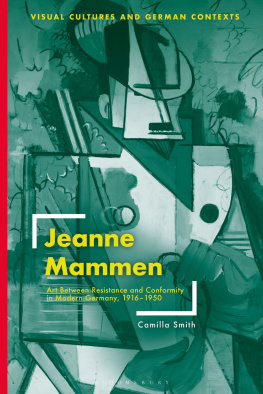

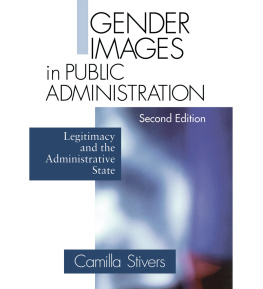

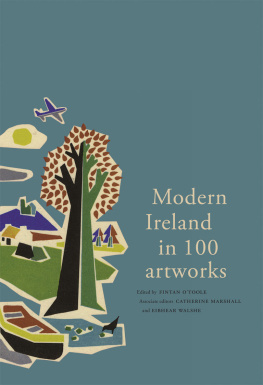

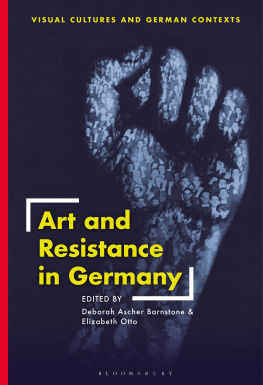
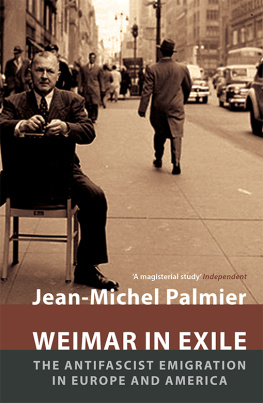
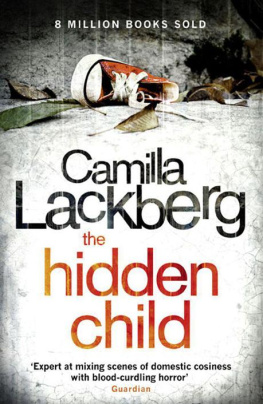


 The project has received funding from the European UnionsFramework Programme for Research and Innovation Horizon 2020, under the Marie Sklodowska-Curie Grant Agreement No. 66595.
The project has received funding from the European UnionsFramework Programme for Research and Innovation Horizon 2020, under the Marie Sklodowska-Curie Grant Agreement No. 66595.